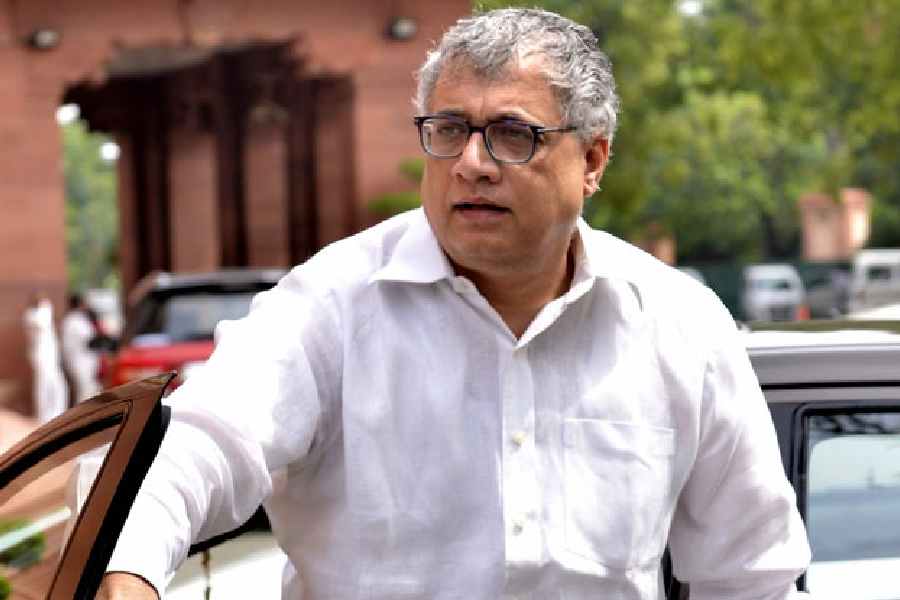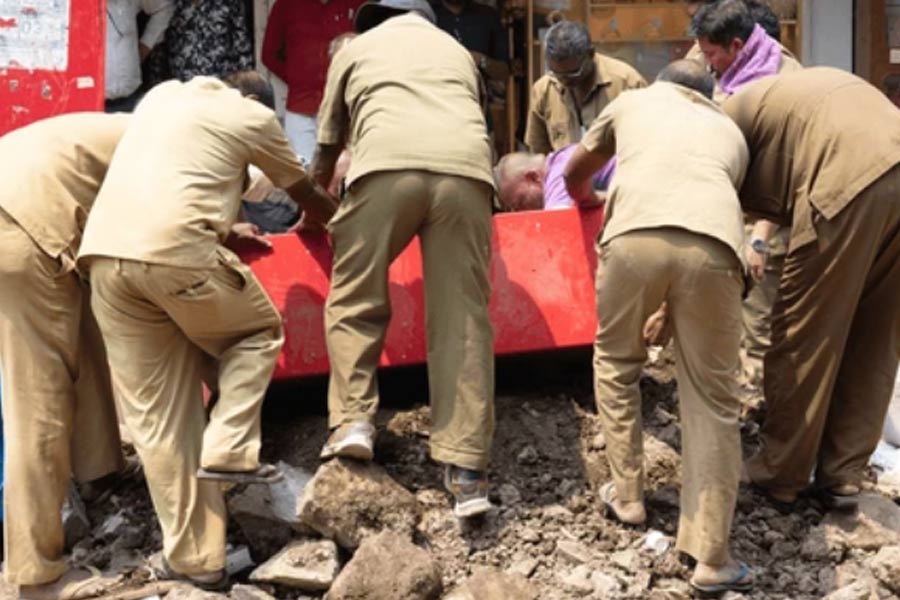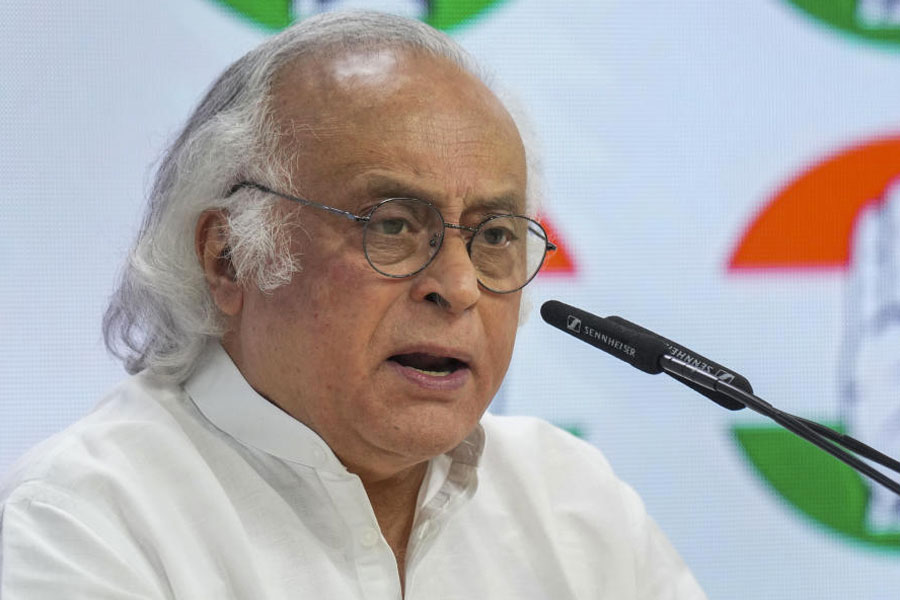Hyderabad, Aug. 2: The golden-coloured Tirupati laddu, virtually the emblem of India's richest temple, has always had an affinity with large numbers.
For instance, 3 lakh - the number sold every day. Or 250 crore - roughly, the yearly revenue in rupees the Srivari Laddu fetches the temple.
Yesterday, a new figure entered the story - 300. That's the number in years the ladduhas now completed after being introduced at the shrine on August 2, 1715, said the pontiff, Periyakoil Kelviyappan Sadagopa Ramanuja Pedda Jeeyar Swamy.
The numbers aren't entirely unconnected, for the economics of revenue-earning played a part in the laddu's entry as the offering for Lord Venkateswara.
Traditionally, Swamy said, the prasadam offered at the temple was either the payasam, made of condensed milk, or a sweet bath made of rava or rice.
"But around the year 1700, the priests or archakas took over a part of the temple's administration from the mahant and earned the rights over a share of the prasadam revenues," Swamy said.
They switched to the ladduwhich, because it's dry, is easier to sell loose and carry home. It also keeps longer - for 7 to 15 days, say the temple authorities.
Currently, the Tirupati ladduis the only laddu that has a Geographical Indicator tag. It's therefore sold only at Tirumala, except for being made available in Delhi and some state capitals on special occasions.
"Getting the laddu prasadam is the most sought after component of every pilgrimage to Tirumala," said the temple executive officer, D. Sambashiv Rao.
Many other prasadams are also available at the temple, from curd rice and vada to sweet pongal and dosa, but none rivals the laddu's popularity.
The laddusare made by 100 to 200 archakas working in three shifts, said priest Ramakrishna Sharma. They are sold from about 100 counters at a complex near the shrine.
Chief priest Ramana Dikshitulu said that around the year 1700, the temple faced a shortage of priests, who have to be from the Vaishnavite sect of Vaikhanasa. So, the mahant invited a group of Vaikhanasa priests, using the bait of a share in prasadam revenues and a role in the shrine's management.
The archakas held sway till 1985 before the NTR government turned the temple trust into a quasi-government body.
But the laddus still rule, bringing the temple a tenth of its annual revenue of Rs 2,500 crore, earned mostly from offerings by the pilgrims (hundi) and donations by the rich. That apart, the shrine has Rs 12,500 crore in fixed deposits, and 32 tonnes of gold ornaments of the deity.










